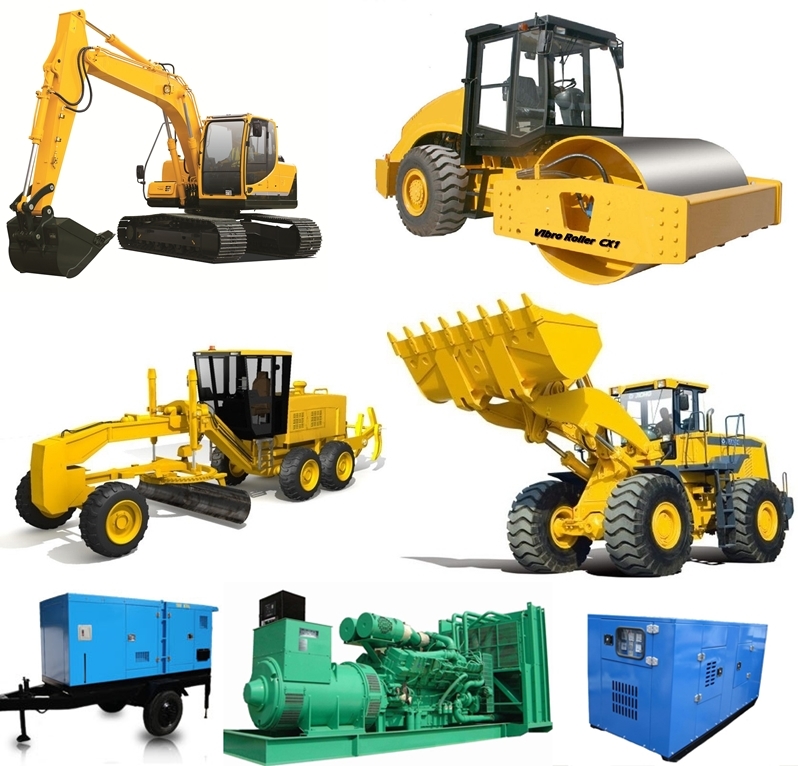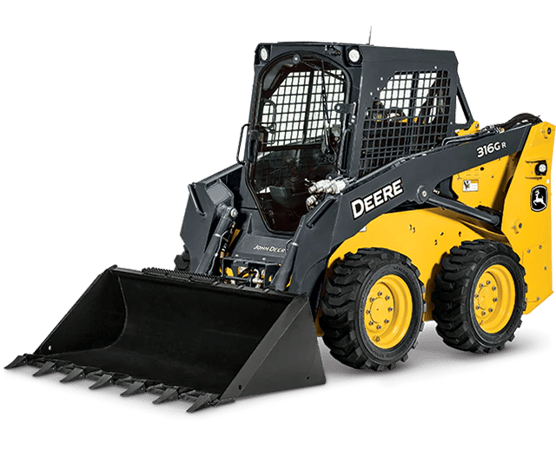Forklift Rental: Heavy Training Equipment for Warehousing and More
Forklift Rental: Heavy Training Equipment for Warehousing and More
Blog Article
Optimize Your Budget Plan by Comprehending the Costs Connected With Building And Construction Tools Services
Understanding the full range of prices associated with building and construction equipment leasings is critical for maximizing your spending plan. What strategies can be utilized to properly take care of these costs and make sure a more effective rental experience?
Introduction of Rental Expenses
When thinking about construction tools leasings, recognizing the connected prices is extremely important for efficient budgeting and project planning. Rental prices can vary significantly based upon several variables, including tools type, duration of service, and location. The initial rental fee frequently reflects the devices's market demand and its connected operational abilities, affecting the overall expense.
Along with the base rental rate, ancillary expenses might emerge, such as transportation costs, fuel surcharges, and maintenance charges. It is crucial to account for these extra expenditures to accurately assess the complete price of renting devices. In addition, the rental period can impact prices; longer services might get approved for reduced prices, while short-term services might incur higher everyday fees.

Failure of Rental Prices
A thorough understanding of rental prices is necessary for service providers and project managers aiming to enhance their budget plans. Rental prices for construction devices normally are composed of a number of elements, including base rates, time-based fees, and usage costs.
Base prices are the core fees related to the service of the tools, commonly figured out by the type and dimension of the machinery. These prices can differ substantially, influenced by factors such as tools need, schedule, and local market patterns. Time-based charges, which might be daily, weekly, or monthly, serve to accommodate various project timelines and rental periods.
Furthermore, rental rates might include use fees, which are appropriate when equipment is made use of beyond a defined threshold, making sure that the rental firm can account for damage. Seasonal demand variations can likewise influence rental rates, with peak construction periods usually regulating higher rates.
Moreover, recognizing the rental business's plans concerning upkeep and insurance coverage can supply additional understanding into the total cost structure. By assessing these components, professionals can make enlightened decisions, making sure the selection of rental devices aligns with both task requirements and budget plan restraints.
Added Costs to Think About
Recognizing the details of added fees is essential for specialists to manage their general leasing costs properly. Past the typical rental rates, numerous supplementary charges can considerably affect the overall cost of tools service. These costs often consist of distribution and pick-up costs, which can vary based on distance and logistics involved in transporting the equipment to and from the work site.
Additionally, some rental business may impose gas additional charges if the devices is returned with much less gas than when rented. It is also important to be aware of possible cleansing costs, especially for customized equipment that calls for thorough maintenance after usage.

Completely evaluating the rental agreement and making clear these added costs in advance can help service providers make certain and prevent unexpected prices that budgets continue to be undamaged throughout the task lifecycle.
Maintenance and Fixing Costs
Normal repair and maintenance expenses are often ignored factors that can dramatically influence the general cost of construction tools leasings. When renting out equipment, it is vital to consider not only the rental costs but additionally the potential expenses linked with keeping the machinery in optimum operating condition.
Several rental companies include standard maintenance as part of the rental contract; however, extra unexpected break downs or substantial fixings can result in extra expenditures. It's vital to examine the rental agreement very carefully to recognize what upkeep services are covered and what duties fall on the renter.
Moreover, equipment that is not well-kept can cause inadequacies on duty website, potentially triggering hold-ups and raising project costs. To mitigate these risks, it is recommended to carry out regular evaluations and maintain open communication with the rental service provider relating to any type of problems that occur during use.
Insurance and Obligation Expenses
Insurance coverage and liability costs are critical components that can dramatically affect the total cost of building equipment services (mini excavator rental). These expenses ensure that both the rental company and the customer are secured from potential economic losses developing from accidents, damages, or theft throughout the rental duration

In addition, clients need to understand any kind of deductibles or exclusions in the insurance coverage, as these can influence possible YOURURL.com out-of-pocket costs. Understanding the terms and conditions of any insurance policy protection is essential to prevent unexpected prices. Ultimately, budgeting for insurance and liability costs can aid make certain a smoother rental experience and protect Homepage versus financial dangers connected with construction jobs.
Verdict
In final thought, an extensive understanding of the costs associated with construction tools leasings is necessary for efficient budget plan management. Ultimately, educated decision-making relating to devices services adds to the general success of construction endeavors.
Rental costs can differ substantially based on a number of factors, including devices type, duration of service, and place (mini excavator rental). The rental period can impact rates; longer leasings might certify for reduced prices, while short-term leasings could incur higher day-to-day costs
By performing comprehensive research study and involving with trusted rental business, professionals can properly browse the complexities of rental prices, eventually maximizing their financial sources.
Past the typical rental rates, numerous additional fees can substantially impact the overall price of devices rental. Rental business commonly give responsibility insurance coverage that covers injuries to 3rd events or damages to building, while tools damages insurance can cover the cost of fixings or replacement if the leased tools is damaged.
Report this page